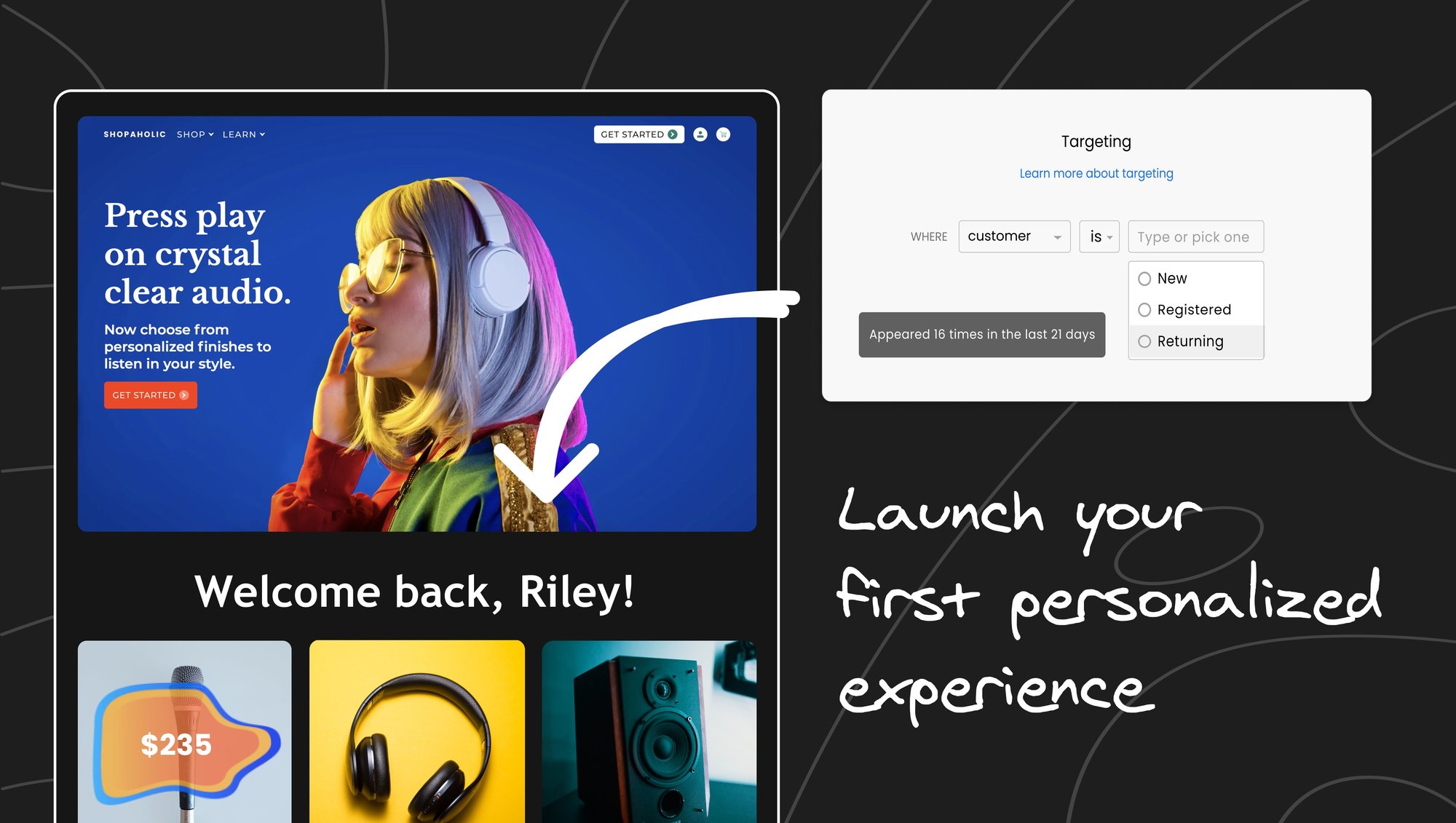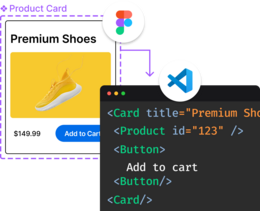Many agree that companies that personalize digital experiences increase revenue. McKinsey said that, on average, they see a lift of 10 - 15% in revenue (source). Whether you believe the stats or not, we can all agree that you have very little time with site visitors, and we need to make the most of it (one study showed that, on average, only 20% of the text on a page is read (source), and it's likely that that percentage is only going down). Every millisecond you have with a visitor needs to be optimized to achieve something, and one way to do that is by personalizing the page experience to your visitor.
The good thing is that most teams today personalize point-in-time digital experiences like emails or SMS messages, but the unfortunate reality is that few teams end up shipping personalizing web experiences because:
- They try to scale too much, too early
- It requires a lot of engineering effort
- They can't do it with their web CMS
- It's hard to measure if you don't have large amounts of traffic
Five Recommendations for Shipping One Personalized Web Experience
The reason to ship one personalized web experience instead of enabling an entire personalization initiative is that you will do it. By shipping one, you will build momentum for a broader initiative, understand the real blockers (design resources, tools, workflows, data), and better predict the ROI of a more broad personalization initiative.
1. Start Small: Ship One Personalize Web Experience
Too many teams lose the forest for the trees by architecting hyper-scalable personalizations that eventually get stuck on the back burner as epics, while quick-win initiatives after initiatives get prioritized. At first, you don't need to redefine entire workflows, automate everything with AI, or create 100 variations.
Pragmatic recommendation: Start small by personalizing one page for two audiences.
2. Personalize for audiences you already know
It can't be a six-month process to segment your visitors into the perfect cohort. You will get there, but don't let it stall momentum. You probably are already personalizing experiences via email or SMS, have integrated a customer data platform like Segment, or have relevant, personalizable data for each visitor.
Two pragmatic recommendations:
- Ask your marketing team about the last personalized email they sent was
- Dig around in your web cookies, local storage, and customer data platform for audiences that you already have tagged
3. Measure results efficiently
The key word here is "efficiently." You shouldn't need to involve your data science team to ship your first personalized web experience. Instead of attributing a change in customer lifetime value to a personalized web experience, start more simply: like "Did a higher percentage of visitors with the personalized treatment click-through on the main page call to action?"
Pragmatic recommendation: Keep it simple when you can: use Google Analytics or the built-in Builder.io Analytics.
4. Set the right expectations
Be honest with yourself and your team. This one personalized experience won't transform your business or raise your company revenue by 15%+ - it will uncover problems and opportunities and help your team build a muscle for more personalizations across digital experiences to get that 15%+ revenue lift.
Pragmatic recommendation: Hypothesize an increase in click-through-rate, not overall company revenue (yet!).
5. Don't Significantly Harm Web Performance
Each recommendation above involves cutting reasonable corners to ship a personalized web experience; it's likely ok for those (at first). On the other hand, web performance is one corner you probably shouldn't cut. The personalization paradox refers to the fact that you should personalize experiences to increase conversions, but often, when personalizing experiences, you slow the site experience, reducing conversions.
Pragmatic recommendation: Favor server-side and edge personalization over client-side personalizations, which could harm important core web vitals like the largest contentful paint (the time it takes for the largest thing on the page to load) and cumulative layout shift (those pesky flickers you sometimes see).
Ship Your First Personalized Web Experience With Builder
Builder's headless CMS includes built-in personalization and analytics capabilities that help product, marketing, and merchandising teams quickly ship and iterate personalized experiences without having to bug engineers whenever they need a change. To learn more, read these docs or reach out for a demo.
Introducing Visual Copilot: convert Figma designs to high quality code in a single click.


























